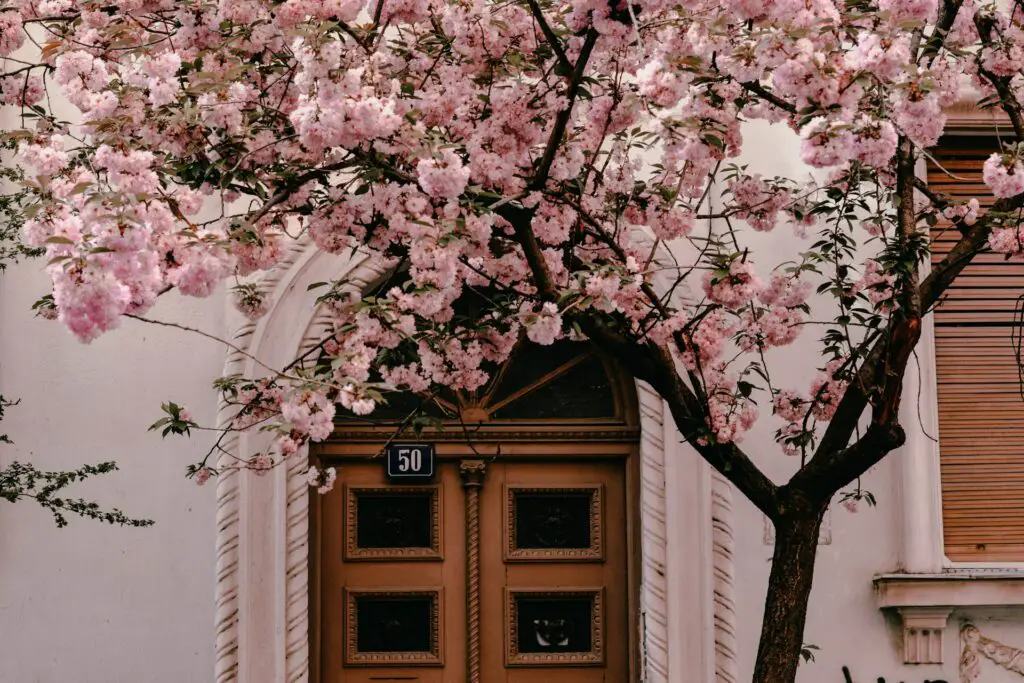Aside from adding beauty to the world, plants offer significant value to the environment, such as making oxygen, purifying the air, offering food and habitats for animals, regulating the temperature, and protecting the soil from erosion. However, in a landscape, plants do all of that and more.
Plants contribute to landscape design by improving aesthetics and air quality. And believe it or not, they also have functionality when it comes to architecture and engineering! See how plants do all the work in a landscape?
The Functionality of Plants in Landscape Design
Here are some reasons plants are a big deal to landscape design.
Plants for Aesthetic Purposes
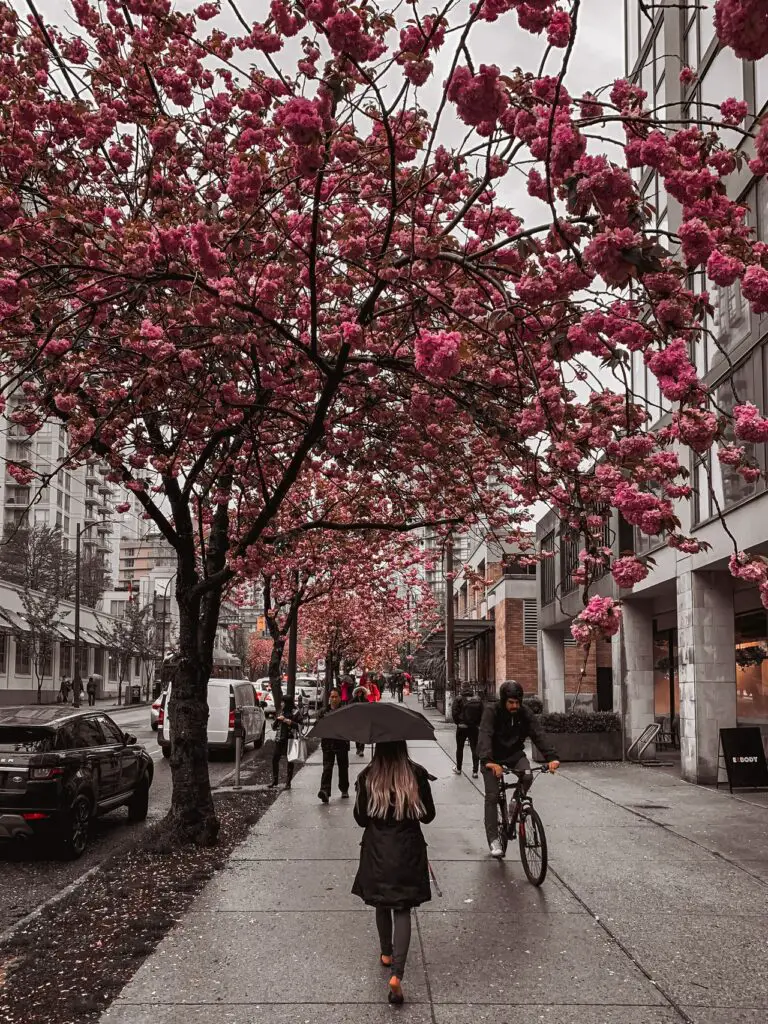
Most people believe aesthetics is the sole reason to incorporate plants in landscaping. And rightfully so, since plants’ aesthetic qualities are the most straightforward to comprehend. The physical features of plants that give intrigue, diversity, and visual value to a landscape are color, shape, size, and form.
Plants may take on the appearance of a piece of natural artwork. For instance, a single shrub or tree can make all the difference in a boring area; the interesting growth pattern, the intricacy of its branches, and the texture and seasonal color of the foliage look harmonious. Specimen plants (or accent plants) are perfect for this—they make a flat area pop.
Plants can also be used as a backdrop for other plants. They can also be designed to visually bring disparate items or features together. It draws the eye to the right places, making the entire scenery picturesque.
Layering different plant types with varying texture qualities will significantly enhance the garden’s visual appeal.
Plants Influence the Climate and Improve Air Quality
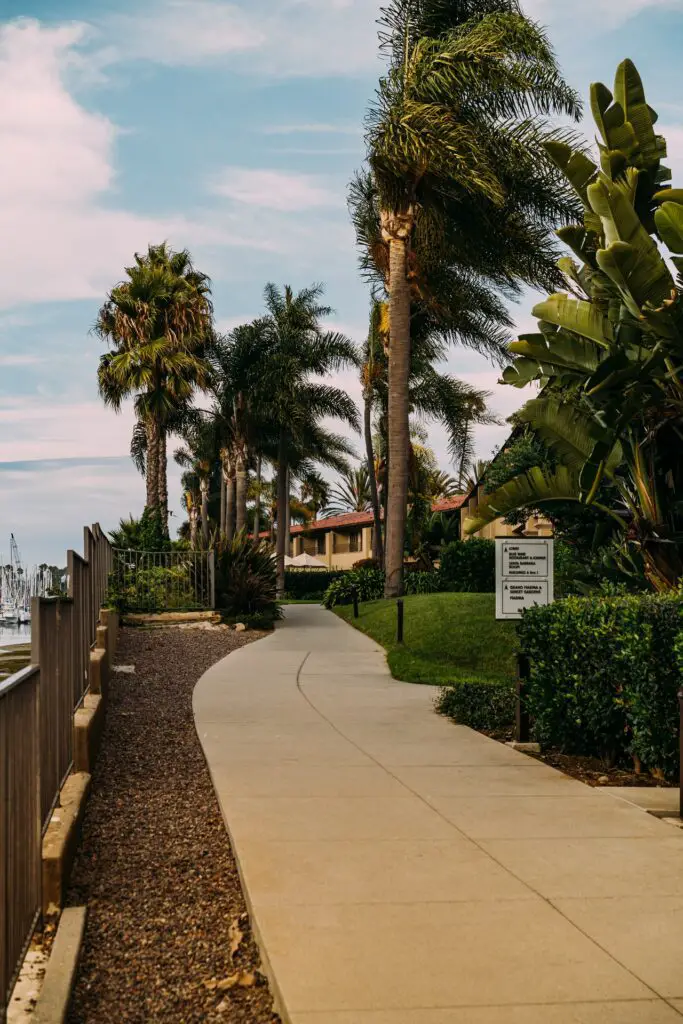
Trees take in pollutants via their leaves, capturing (or “sequestering”) and removing them from the air.
They also consume carbon dioxide (a gas that contributes to global warming) and generate oxygen (a gas that we all need to survive) through photosynthesis (a process of food-making for plants). This is why forests are frequently referred to as the “lungs of the planet.”
In short, plants give us everything we need for a healthy living environment, including good air quality. What exactly do we mean by that? When the air quality is nice, the air is clear and includes only minute quantities of particulate matter and chemical contaminants.
Aside from the air we breathe needing to be clean, it also needs enough oxygen (19.5%). Anything lower than that, and humans would still live, but you’d likely lose consciousness when the air you breathe gets to 12% oxygen.
In contrast, air pollution is high with poor air quality and poses a health risk. You don’t want dirty, oxygen-lacking air entering your lungs.
Having plants in your space can help a lot—not just improve air quality but also boost your mood. Something is depressing about being stuck inside the home or office all day. Often, all we need to clear our minds is a short walk outside, and we’d feel alright again! Maybe it’s because of the calming presence of trees, plants, and the sky, or perhaps it’s just the extra oxygen.
The Use of Plants in Architectural Styles
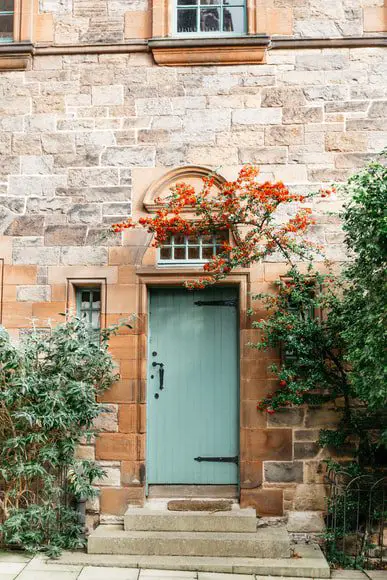
Plants are interesting. Plants have different growth habits, leaf features, and textures. Therefore, they can be useful as natural barriers, facades, canopies, and ground covers.
For instance, you can use vines to decorate the perimeters of walls. Sometimes you’ll need trellises to help the plants climb.
Commonly, flowering vines such as petunia and clematis will be desirable if you want to add color to an otherwise dull vertical space. And if you’re going to conceal an unappealing wall, you can go with quickly growing vines such as Virginia Creeper (it has beautifully colored, red leaves in the fall).
Wall-climbing plants or a row of trees or bushes can serve as privacy screens. The most common natural privacy fences are Arborvitae (Thuja orientalis), Boxwood (Buxus), Juniper (Juniperus), Lilac (Syringa vulgaris), and Cypress (Cupressus). Placing them in certain areas can help limit or obscure views.
Meanwhile, a canopy of tree branches can offer a sense of protection. The canopy layer can protect against severe gusts of wind while also blocking out sunshine and rainfall. When viewed from the sky, anything under them will be hidden from view.
You can also call them “shade trees.” Some beautiful examples are Quaking Aspen (Populus tremuloides), Red Sunset Maple (Acer rubrum’ Red Sunset’), Northern Red Oak (Quercus rubra), and Sun Valley Maple (Acer rubrum ‘Sun Valley’).
Plants in Engineering
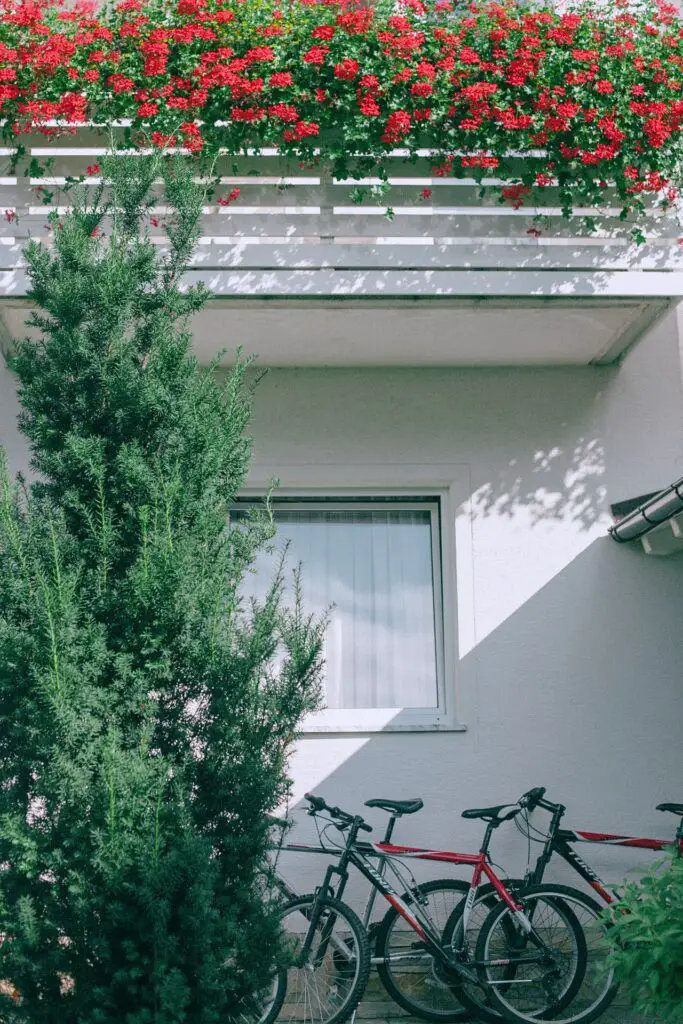
Plants also serve a practical purpose in engineering.
For example, trees can block or soften sunlight before sunlight hits the soil. Have you noticed how nice it looks when sun rays get filtered through trees? Smoke or mist can enhance this effect. C.S. Lewis, the famous writer, referred to this as “shafts of delicious sunlight” or “Godlight.” Some plants have this kind of sunlight requirement. They need just the right amount of light—too much sun, and they wilt; too little, and they won’t grow—so they favor dappled light.
Plants can be used to screen or lessen the sun’s problematic bright light on water or smooth glossy surfaces. By covering the reflective surface, less sunlight can bounce off it, and it won’t look as annoyingly bright in the daylight.
When designing a landscape, you should consider places where car lights would beam straight into windows. You have probably encountered car glare from parking cars outside your window if you’ve experienced staying on the lower floor of a building. So, what can plants do to help? Huge trees placed near windows can help obstruct automobile lights or street lighting.
Plants can also slow down traffic; think of drivers driving more slowly in the presence of thick trees surrounding a lane. Trees with dense canopies add more volume or enclosure to a street, causing drivers to move more relaxedly.
But most of all, plants (especially big ones) are good at erosion control. Soil erosion is a problem not just because of its effects on plant development but also its impact on water quality.
When working on a slope prone to eroding, we often include both plants and other erosion control techniques to keep the soil structure intact until the plants establish themselves.
Plants that are excellent at preventing erosion have a few distinguishing features. Fibrous root systems help stabilize the soil, while thick, dense foliage and branches shield the ground from wind, keeping dirt from getting blown away.
Plants in the Backyard

The usefulness and atmosphere of your landscaping may be determined by the plant life you choose for your backyard.
You may choose an unstructured garden with curving lines that follow the contours of the land and plants that are not evenly placed but balanced in color and size.
Or a formal garden with neat lines, precisely designed flower beds, symmetrical plants, and groomed bushes could be what you’re looking for. Common formal garden plants include clipped box hedges, Viburnum, Hydrangea, Agapanthus, and Pleached lime.
REFERENCES
dx.doi.org/10.1038/nature20161
https://journals.openedition.org/factsreports/6092
https://ecosystems.psu.edu/outreach/youth/sftrc/lesson-plans/wildlife/k-5/animal-needs
https://onlinelibrary.wiley.com/doi/abs/10.1002/9780470015902.a0003199.pub2
dx.doi.org/10.1038/s42003-020-0886-4
https://edis.ifas.ufl.edu/publication/EP433
www.hillagric.ac.in/edu/coa/vegetables/lectures/VSF_231_Flori/VSF_231_Flori_Lect_6-10_Plants.pdf
https://extension.psu.edu/how-forests-store-carbon
https://climate.nasa.gov/news/2915/the-atmosphere-getting-a-handle-on-carbon-dioxide/
https://scied.ucar.edu/learning-zone/air-quality/oxygen
https://ssec.si.edu/stemvisions-blog/what-photosynthesis
https://scied.ucar.edu/learning-zone/air-quality/what-is-air-quality
www-das.uwyo.edu/~geerts/cwx/notes/chap01/ox_exer.html
https://newsinhealth.nih.gov/2011/07/bad-air-day
https://www.bellarmine.edu/faculty/drobinson/Arborvitae.htm
https://www.sciencedirect.com/topics/agricultural-and-biological-sciences/buxus-sempervirens
https://www.sciencedaily.com/releases/2008/02/080227142653.htm
https://www.sciencedirect.com/topics/agricultural-and-biological-sciences/syringa-vulgaris
https://www.sciencedirect.com/topics/agricultural-and-biological-sciences/cypress
https://www.fs.fed.us/wildflowers/beauty/aspen/grow.shtml
hort.ufl.edu/database/documents/pdf/tree_fact_sheets/acerubg.pdf
https://www.srs.fs.usda.gov/pubs/misc/ag_654/volume_2/quercus/rubra.htm
https://www.usgs.gov/media/images/sun-valley-red-maple
https://doi.org/10.1016/B978-0-12-385538-1.00004-4
https://hal.archives-ouvertes.fr/hal-00886458/document
https://www.rhs.org.uk/advice/design/design-with-plants/formal-garden-plants
https://aggie-horticulture.tamu.edu/earthkind/landscape/proper-pruning-techniques/
https://doi.org/10.1016/B978-0-12-437651-9.50019-1
https://www.sciencedirect.com/science/article/pii/S0254629913000239

